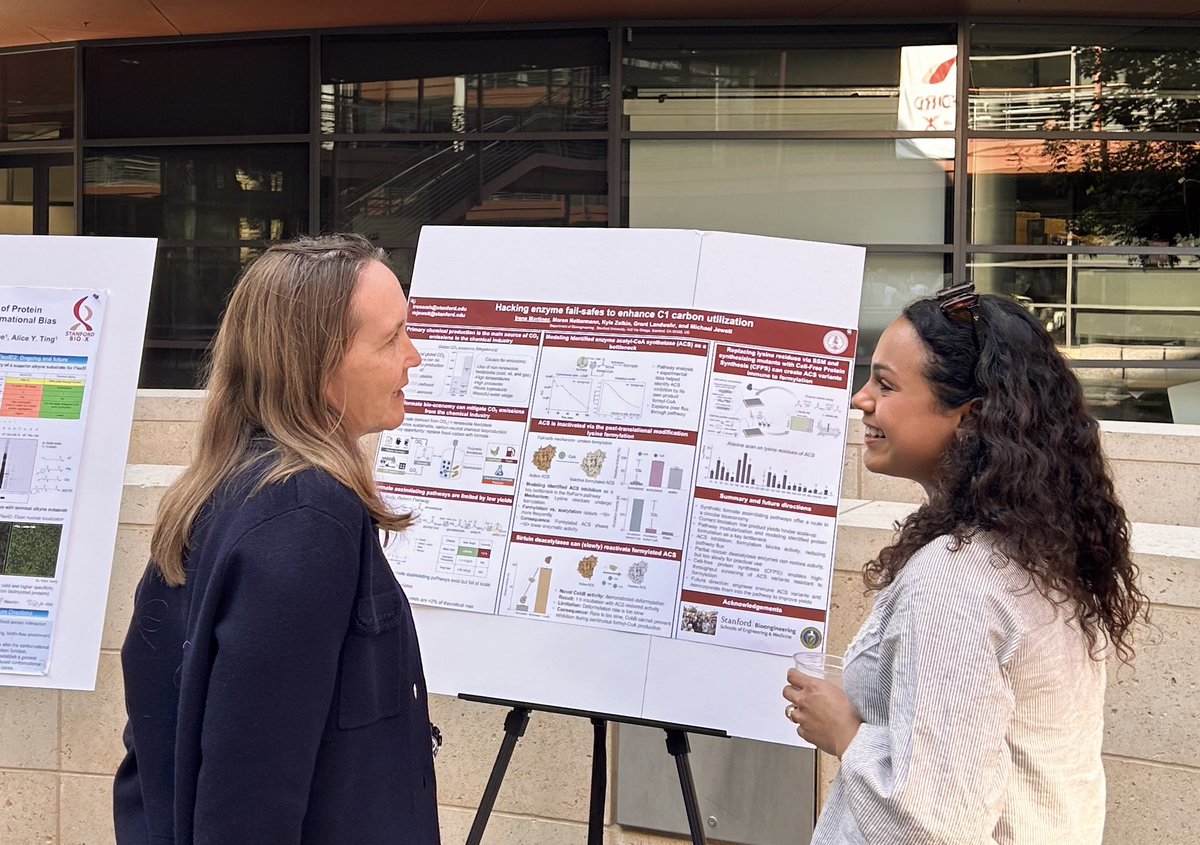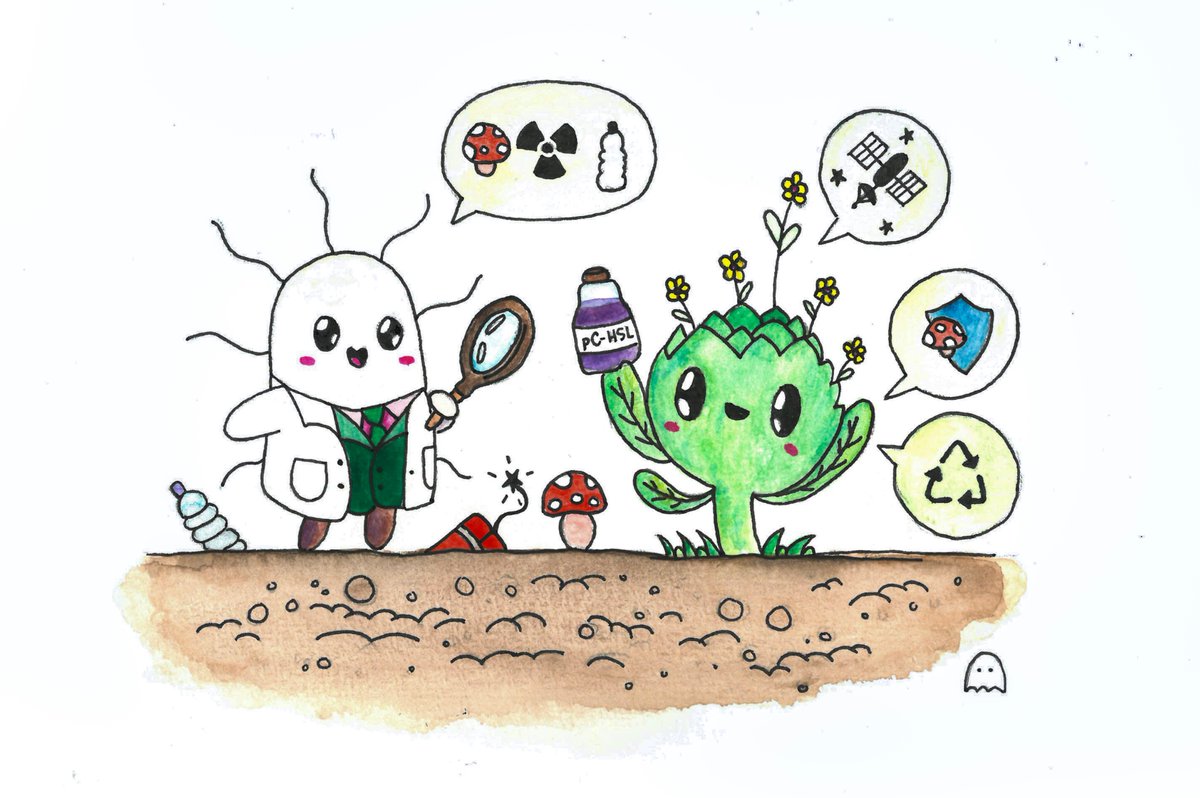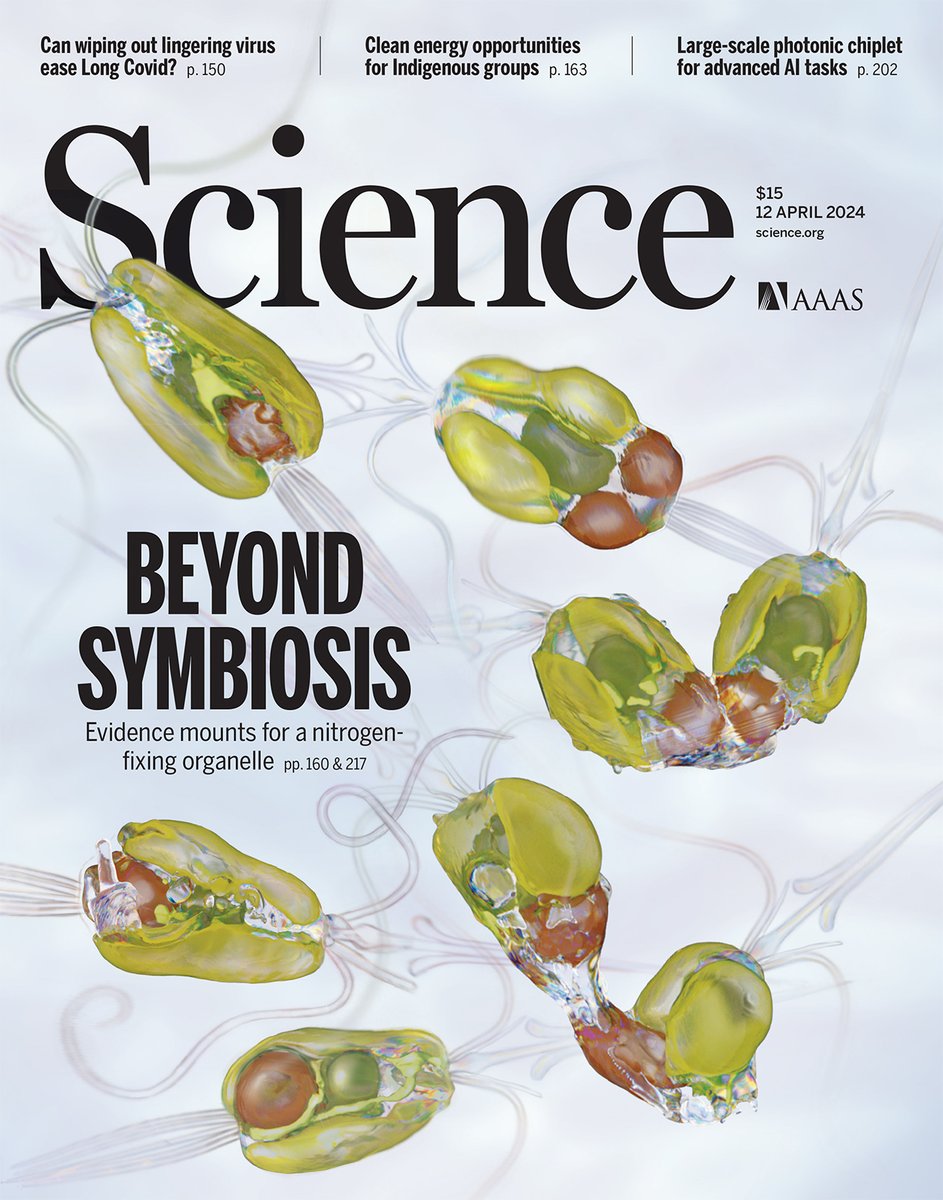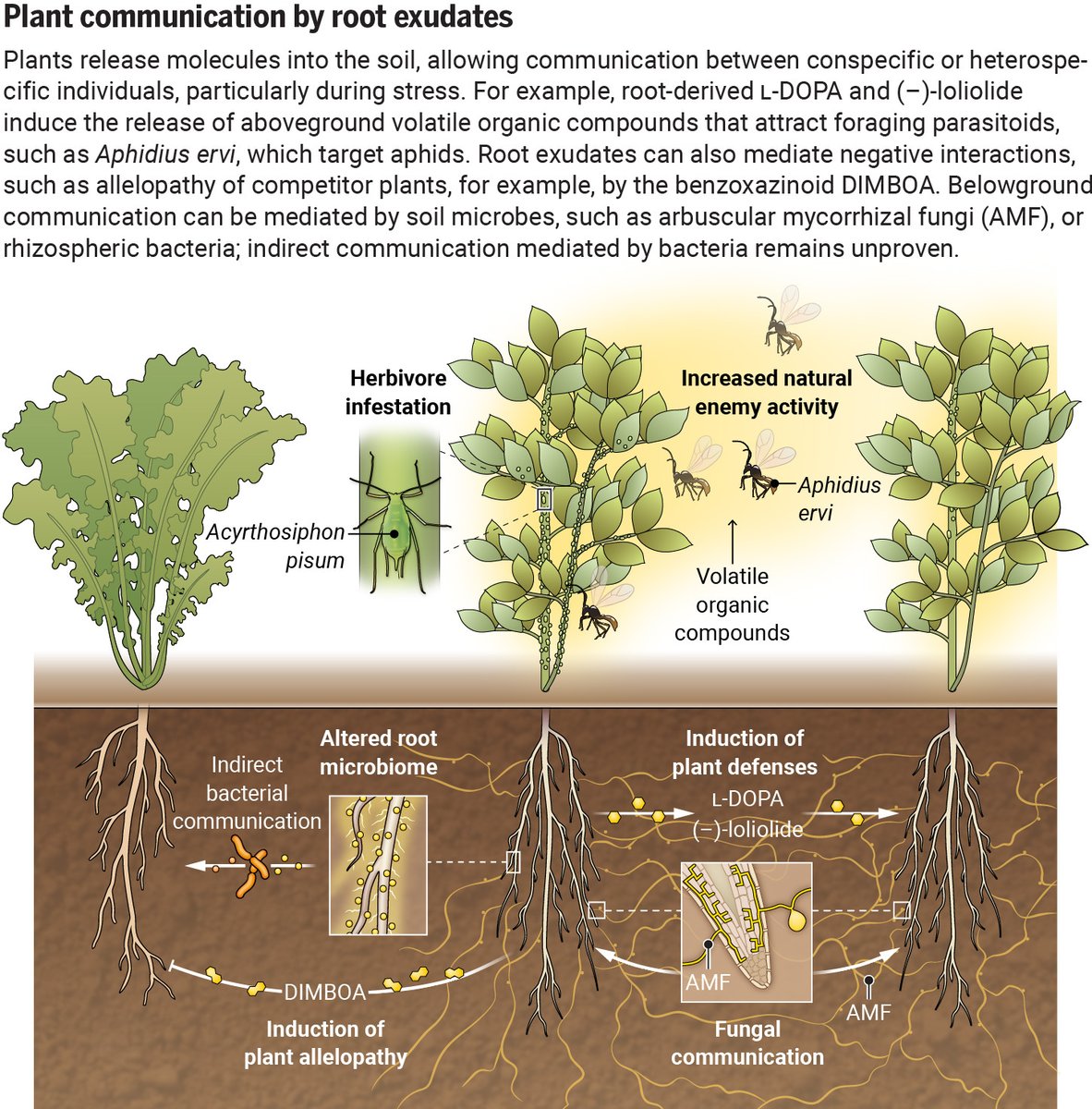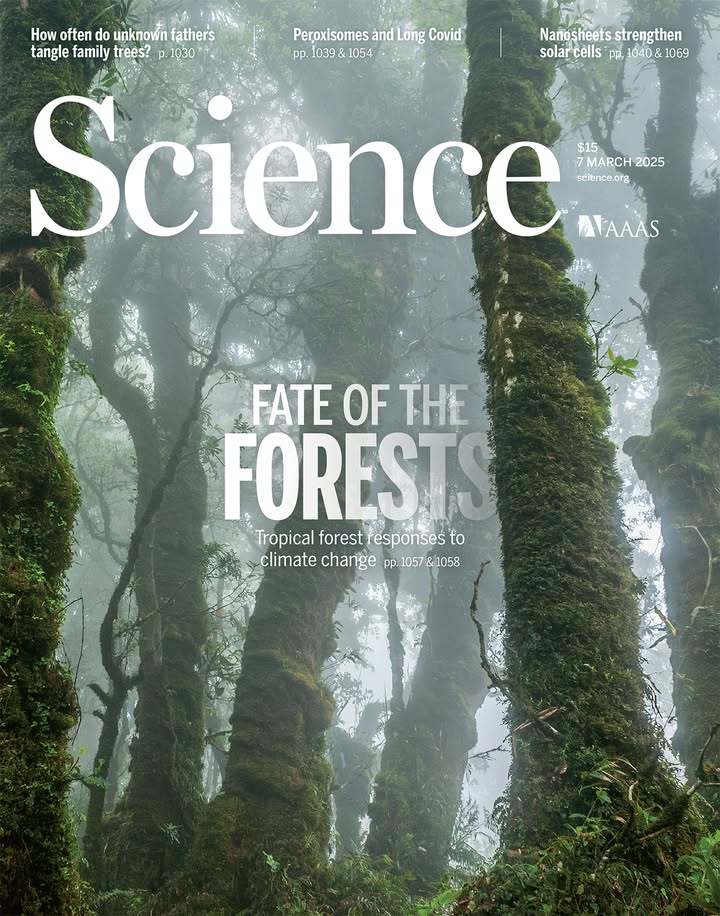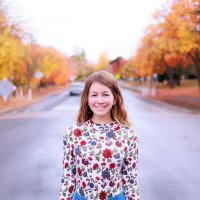
Bella Archibald
@bella_arch
BioE Ph.D. student in the Brophy Lab at Stanford | Make a difference while you’re here and while you can. Be kind because you’re here and because you can.
ID: 3720132732
https://www.brophylab.org 29-09-2015 00:33:37
104 Tweet
236 Followers
319 Following
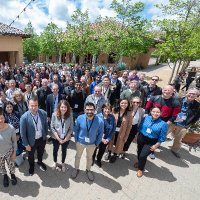
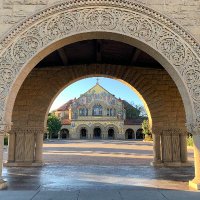
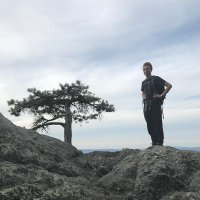
Thrilled that our review in Nature Reviews Bioengineering is out!! Read about how to design biomaterials which are enabling the next generation of adoptive cell manufacture and delivery:
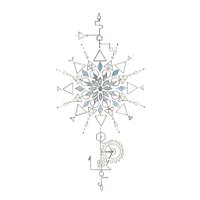
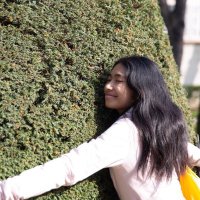
The day may come when I stop doing non-PhD things before I graduate…but it is not this day 🙈 As part of a fellowship with Federation of American Scientists🔬, I scoped out the challenges and opportunities in bringing agricultural biotechnology to market: fas.org/publication/ag…
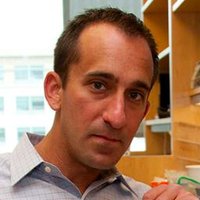
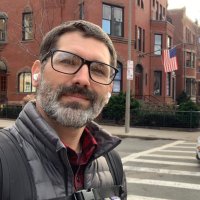
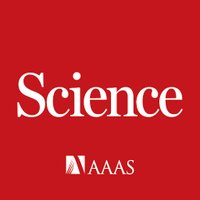






Thank you so much Stanford Bioengineering Inflection Award !!! x.com/bioe_stanford/…

Thank you so much Stanford Bioengineering Inflection Award !!! 🌱

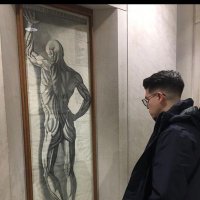
Out today! LIDAR, a new class of synthetic receptors expanding the cell engineering toolbox. We demonstrate orthogonal sensing of secreted & membrane-bound ligands, spatial patterning & mRNA delivery! Thanks to co-authors, especially co-first Xiaowei Zhang rdcu.be/efugD

Stanford hosted its 2nd Synthetic Biology for Sustainability Symposium on May 7!🌱 Supported by the deans of Stanford Engineering Stanford Medicine Stanford Doerr School of Sustainability, the event featured cross-campus speakers on how synthetic biology can power a more sustainable future. Live sketch by Callie Chappell
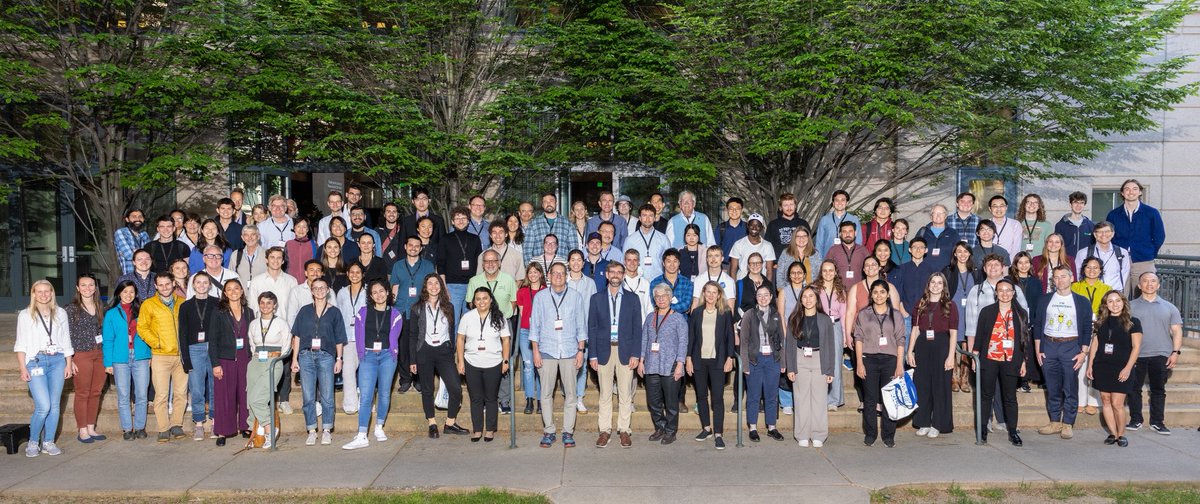

Side quest # TooMany of this PhD: I co-authored an article for Issues in Science and Technology on the need for better soil data to monitor topsoil loss, plus farmland price valuation that reflects the true quality of soil to incentivize topsoil preservation. Feedback welcome! issues.org/better-soil-da…

What a day! 🎉 The 1st Stanford Synthetic Biology Expo featured inspiring flash talks + posters from across disciplines. Thanks to all who joined and made it a success! Stanford Bioengineering Stanford Bio-X Michael C. Jewett
